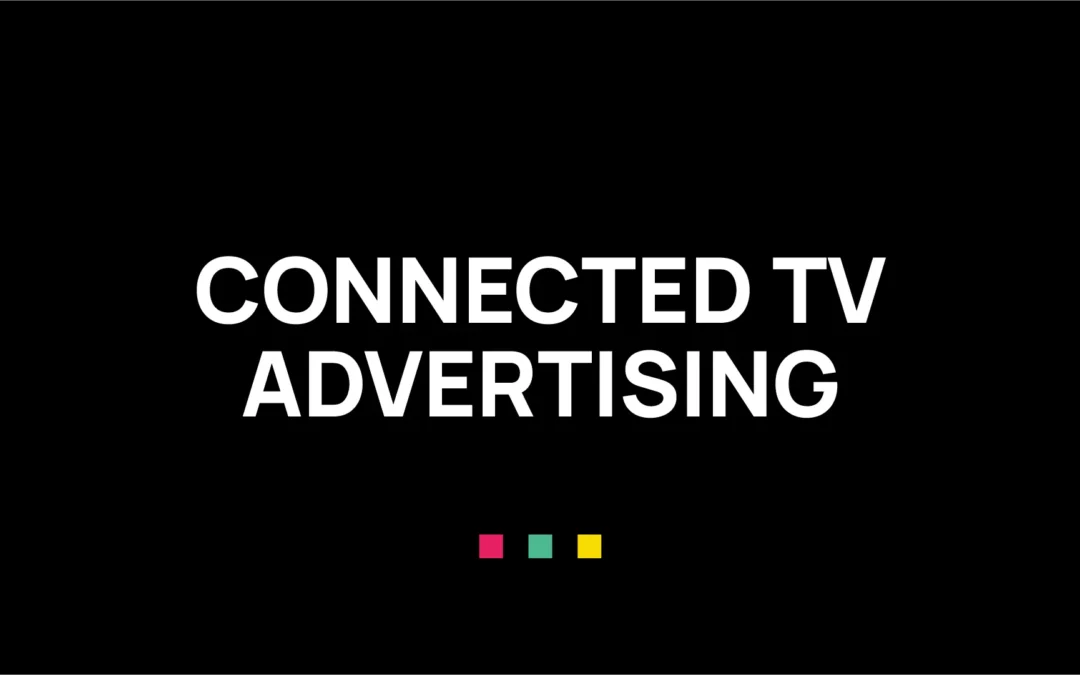The Unsustainable Dilemma: Discrepancies in CTV Ad Revenue Distribution Threaten Free-to-Air Broadcast TV Channels
Introduction to the Situation
The landscape of television advertising is changing dramatically as audiences move away from traditional free-to-air broadcast channels and toward streaming services. Connected TV (CTV) advertising has developed as a lucrative sector, thanks to the increased popularity of streaming services.

However, a serious issue has arisen in the shape of a large difference between the amount of money paid by advertisers for CTV advertising and the share received by content owners and FAST (Free Ad-Supported Television) channel operators.
This unsustainable condition jeopardizes the transition of free-to-air broadcast TV networks to streaming distribution platforms.
READ MORE: A Look Ahead At Ad Tech As The New Year Gets Started For CTV, Data, And Programmatic
CTV Ad Revenue Conundrum
Advertisers are investing heavily in CTV advertising, enticed to the promise of reaching a focused and engaged audience. The shift from traditional TV to streaming has resulted in increased ad spending on CTV, reflecting changing consumer behavior.
Despite the clear need for advertising space in the digital arena, the revenue distribution mechanism presents serious difficulties.
Free-to-air broadcast TV channels entering the streaming arena face a perilous scenario. While ad revenues are enormous, a sizable chunk appears to be skimmed off by intermediaries, leaving content owners and FAST channel operators with a smaller share.

This calls into question the transformation’s long-term viability and the channels’ ability to prosper in the digital age.
Technological inefficiencies cause the problems.
One of the factors contributing to the revenue distribution issue is the presence of technological inefficiencies. The intricate ecosystem of CTV advertising includes numerous intermediaries, each of whom takes a cut of the income pie.
READ MORE: Ad Tech Businesses Are Attempting To Facilitate CTV Out-Of-Home

Ad tech platforms, data providers, and other intermediaries play important roles, but their combined impact frequently results in a smaller share for content creators and broadcasters. Streamlining this procedure is critical to ensuring a fair distribution of profits.
Greed in the Digital Era is destroying broadcast
The appeal of the expanding CTV advertising industry has shown a darker side: greed. Some middlemen prioritize profits above creating a sustainable ecosystem.
READ MORE: The Next Stage Of CTV Performance Is Retargeting
Content owners and FAST channel operators, which are critical components of the content distribution chain, are left with low ad revenue shares. This avarice jeopardizes not just the financial stability of these organizations, but also the variety and quality of content provided to viewers.

The Need for Reform within the CTV Ecosystem
Addressing the unsustainable gap in CTV advertising income distribution necessitates a collaborative effort among industry stakeholders. Technological alternatives for streamlining the advertising process and eliminating superfluous intermediaries must be investigated.
Transparency in revenue sharing agreements is critical for content owners and FAST channel operators to negotiate reasonable terms.
READ MORE: Global Ad Spend Forecasts Show That CTV Will Eventually Replace Linear
Conclusion of the CTV Advertising Ecosystem.
The transition from free-to-air broadcast TV networks to streaming platforms is unavoidable, driven by shifting audience habits and tastes. However, the long-term viability of this change is jeopardized by worrisome disparities in the distribution of CTV advertising revenue.

As the industry struggles with technological inefficiencies and the shadow of greed, urgent reforms are required to preserve a fair and viable ecology for advertisers, content owners, and viewers alike.
Only through joint efforts and a dedication to transparency will the potential of CTV advertising be fully fulfilled without suffocating the oxygen required for the expansion of free-to-air broadcast TV channels in the streaming era.
Radiant TV, offering to elevate your entertainment game! Movies, TV series, exclusive interviews, music, and more—download now on various devices, including iPhones, Androids, smart TVs, Apple TV, Fire Stick, and more.


